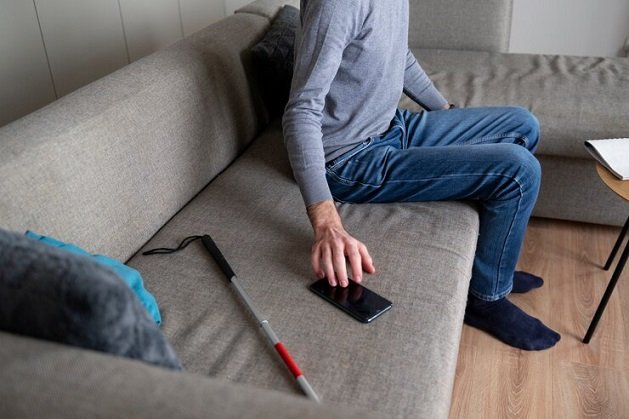Sofa Repair
DIY sofa repair can bring your living room back to life while also allowing you to preserve a prized, sentimental piece of furniture. You can confidently address common sofa issues and turn your living room into a cosy and inviting haven by following this comprehensive guide. Therefore, get your hands dirty gather your tools, and embark on the journey of sofa repair – your living room’s focal point will thank you for it Sofa Repair.
You can save a lot of money and transform your living room with DIY sofa repair. Why not take matters into your own hands rather than spend money on costly professional services or a brand-new sofa? You can easily repair small tears, tighten up loose springs, or even reupholster your sofa to give it a new look with the right tools and a little help. Not in the least does the Do-It-Yourself couch fix offer a feeling of achievement, yet it likewise permits you to tweak your furniture to suit your own style. So why pause? Today, put on your sleeves and give your beloved sofa a new lease on life.
Sagging Cushions: Listing pads are a typical protest, prompting uneasiness and an unkempt appearance. To resuscitate them, consider adding additional filling or froth embeds. Decisively place the additions to offer help to regions that have lost their flexibility. Additionally, flip and rotate the cushions frequently to even out wear and extend their lifespan Sofa Repair.
Upholstery Tears and Patches: Torn upholstery doesn’t need to mean certain doom for your couch. Upholstery needles and strong thread can be used to stitch small tears back together. Bigger tears might require the utilization of texture patches. Apply texture paste to append the fix safely, permitting it to totally dry. For a seamless and pleasing appearance, trim any excess material Sofa Repair.
Addressing Creaky Frames: A sofa’s wobbly or creaky frame can be an ongoing nuisance. Fix free screws and fasteners utilizing a screwdriver or torque to settle the casing. Applying a lubricant to the joints will reduce noise and improve overall comfort if the creaking continues. The frame needs to be maintained on a regular basis if you want a seat that lasts and is enjoyable.
Assessment and Diagnosis: A thorough evaluation is the first step in any successful DIY sofa repair project. Inspect your couch intently, distinguishing regions that need consideration. Normal issues incorporate listing pads, tears in the upholstery, creaky casings, and free springs. Your actions will be guided by your understanding of the scope of the required repairs, resulting in a more efficient restoration.
Gather the Essential Tools: Make sure you have all the tools you need before starting the repair process. Upholstery needles, heavy-duty thread, fabric glue, a staple gun, pliers, and replacement cushions or springs may be required for your sofa, depending on the issues it is experiencing. Having these devices available will smooth out the maintenance interaction and forestall pointless interferences.
Fixing Loose Springs: Another common problem that makes your sofa uncomfortable is loose springs. Identify the area that is sagging and securely reattach the springs to the frame with pliers. In the event that the springs are harmed, think about supplanting them with new ones. Guarantee the springs are firmly gotten to offer ideal help and assess and supplant any ragged or broken webbing or lashes.
Upholstery Cleaning and Maintenance: For your sofa to look its best and last for a long time, you need to clean it on a regular basis. Vacuum your couch routinely to eliminate residue and flotsam and jetsam, and speedily address any spills to forestall staining. Use a suitable cleaning solution and follow the manufacturer’s instructions for your sofa’s upholstery for a deeper clean. To make sure nothing gets damaged, test any cleaning product first in a dark place.
Prolonging Upholstery Life with Slipcovers: For added protection, consider using slipcovers. They provide a practical solution for keeping your sofa looking fresh and stylish.



